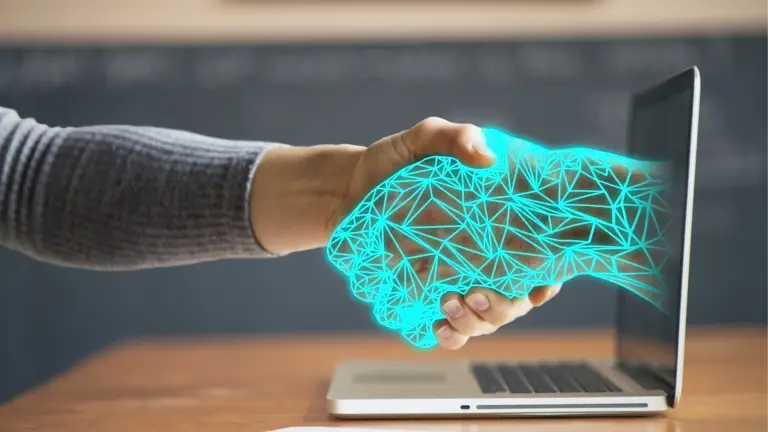The construction industry has traditionally been recognized for its focus on labor and traditional construction methods. However, in recent years, digitalization has begun to revolutionize this industry, enabling significant improvements in efficiency, productivity, and safety. We will explore how digitalization is transforming the construction industry, examining the key technologies being adopted and the benefits they offer.
Building Information Modeling (BIM):
Building Information Modeling, or BIM for short, is a technology that allows for the creation of 3D digital models of a construction project. These models not only represent the building’s geometry but also the information related to materials, systems, and construction timelines. The use of BIM facilitates collaboration among different construction teams, improves decision-making, and reduces errors and rework. Additionally, it provides a clear view of the project before construction begins, helping to prevent issues and optimize resource usage.
Virtual Reality and Augmented Reality:
Virtual reality (VR) and augmented reality (AR) are increasingly being used in the construction industry. These technologies allow professionals to visualize construction projects in a more immersive and realistic manner. For example, architects and designers can virtually walk through a building before it is constructed, enabling them to identify potential design issues and make modifications. Additionally, augmented reality allows for the overlay of digital information onto a physical environment, helping on-site workers better understand tasks and follow precise instructions.
Internet of Things (IoT):
The Internet of Things (IoT) refers to the connection of everyday objects to the Internet, enabling them to communicate and collect data. In the construction industry, this translates to the implementation of sensors and smart devices in buildings and construction equipment. These devices collect real-time data that can be used to monitor energy efficiency, workplace safety, and equipment performance. IoT also enables task automation, such as turning lights on and off or controlling climate systems, which helps reduce costs and improve operational efficiency.
Drones and 3D Laser Scanning:
Drones and 3D laser scanning are revolutionizing the way topographic surveys and construction site inspections are conducted. Drones can capture high-resolution aerial images, providing a detailed view of the terrain and enabling precise planning. On the other hand, 3D laser scanning allows for the creation of detailed three-dimensional models of existing buildings, facilitating renovation planning and the detection of potential structural issues. These technologies save time and resources and reduce the risk of human errors.
Project Management and Cloud Collaboration:
Digitalization has led to the adoption of project management tools and cloud collaboration, allowing construction teams to work more efficiently and collaboratively. These platforms enable instant communication, document sharing, and task tracking, improving coordination and transparency in construction projects. Additionally, by storing all data in the cloud, information is accessible from anywhere and at any time, facilitating collaboration among teams and increasing efficiency.
Digitalization is significantly transforming the construction industry. Technologies such as BIM, virtual reality, augmented reality, IoT, drones, and cloud project management are improving efficiency, productivity, and safety in construction projects. These innovations enable greater precision in design, better coordination among teams, more informed decision-making, and more efficient resource utilization. As digitalization continues to advance, we are likely to see further advancements in how we build, creating a more efficient and sustainable future for the construction industry.




